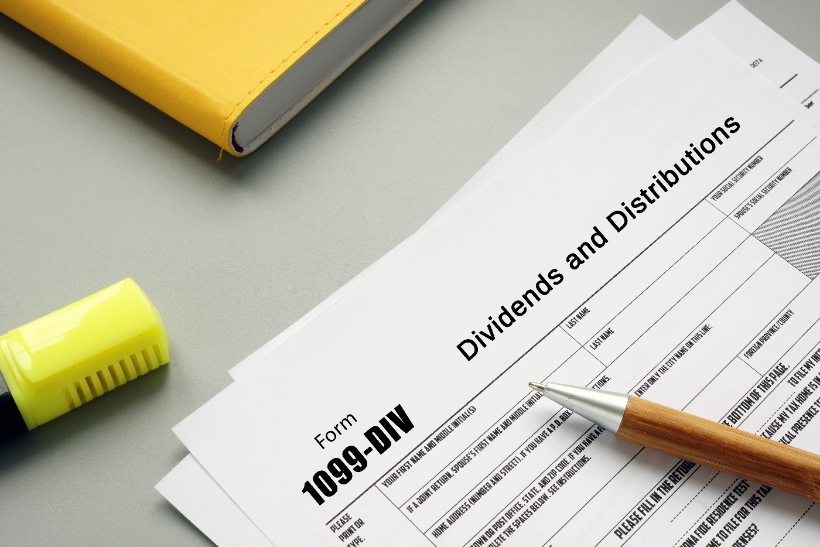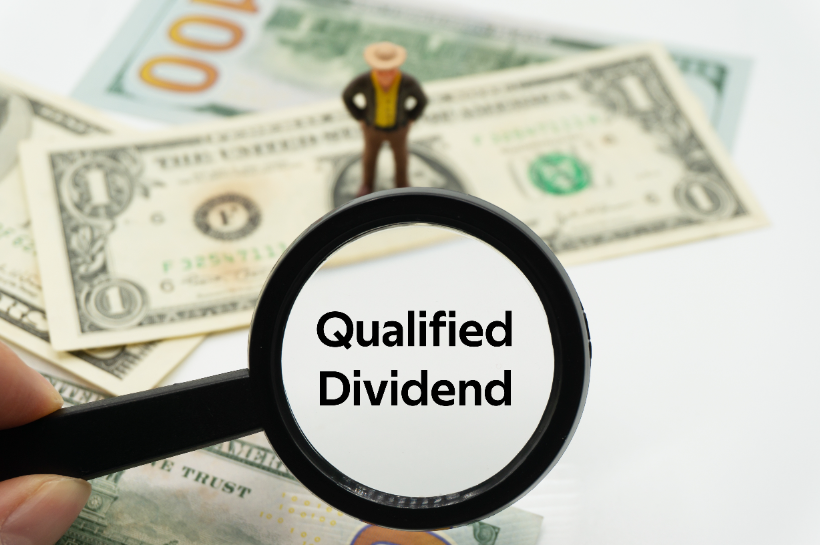Explain Form 2439: When Undistributed Long-Term Capital Gains Are Good News for Shareholders
Published:
Every 1099-DIV means you owe some new taxes. Well, this is the opposite.
If you sell an asset you’ve held for a year or two, you need to pay long-term capital gains taxes on your profits.
But what if it’s not you’re just a shareholder and a company actually held assets and conducted the sale? Moreover, what if the investment strategy requires retention of capital gains?
In short, the fund company pays the long-term capital gains taxes – and you get the 2439 form, which gives you a bit of a tax credit.
It’s not common, but in the game of capital gains distribution, there may be undistributed capital gain information that a taxpayer needs to report on their returns, even if they haven’t seen a dollar of the long-term gain.
Form 2439 is a tax document that is required to be filed by certain investment companies, mutual funds, and real estate investment trusts (REITs) containing undistributed long-term capital gain information for shareholders to report on their return and potentially claim a refund of income tax the company paid on their behalf.
What Are Undistributed Long-Term Capital Gains?
When a company or fund has a net capital gain for the year, it may choose to distribute these gains among its shareholders. However, in some cases, the gains may not be distributed and instead, they are retained by the company or fund. When that happens, the company or fund is required to inform its shareholders about these undistributed long-term gains through Form 2439.
After all, it’s technically you who received the capital gain. You just didn’t see the capital gain distributions like normal. Instead, the capital gain dividends were held, probably for reinvestment or as part of a strategy. However, it’s easy to lose track of who paid for what as capital gain allocations shuffle around.
You pay on the gains on Form 1099-DIV because you received the return on investment.
When you get the 2349 form, the company received the long-term capital gains dividend and already paid taxes on it. It does increase the tax basis on your individual capital gains, but the dollars are paid and you get a small credit.
Undistributed long-term capital gains refer to profits a fund generates through the sale of its investments that are held for more than one year that weren’t distributed to shareholders.
Now, you might be wondering why the mutual fund company would choose to retain these gains. Well, there are a few reasons. By keeping the gains within the fund, the company can reinvest them into additional securities, potentially increasing the fund’s value over time. Additionally, by not distributing the gains, shareholders can postpone paying taxes on them until they sell their mutual fund shares.
However, it’s crucial for companies to inform their shareholders about these undistributed long-term capital gains. So, if you receive Form 2439, it means that your mutual fund has retained undistributed long-term capital gains.
Filing Form 2439 Lets You Claim a Small Tax Credit Because Your Long-Term Investments Paid Taxes on Selling an Asset You Owned
The IRS 2439 form does more than notify shareholders, like you, about undistributed long-term capital gains to report on your taxes. They’re a way for regulated investment companies (RICs) such as real estate investment trusts (REITs) to ensure their shareholders accurately report these long-term gains accurately on their tax returns.
RICs and REITs, renowned investment vehicles, must distribute the majority of their investment income to shareholders to maintain certain tax benefits. However, any long-term capital gains that are not distributed are subject to a tax paid directly by the fund company. To avoid this tax, RICs and REITs issue Form 2439, not only to inform shareholders about the undistributed gains but also to provide them with important details needed for reporting purposes.
As a shareholder, if you receive Form 2439, it means your investment company has retained undistributed long-term capital gains. This form serves as a notice to inform you about these gains and helps you accurately report them on your tax return. By including Form 2439 in your tax filing, you can ensure compliance with tax regulations while properly accounting for any undistributed long-term capital gains from your investment in RICs or REITs.
How Are Undistributed Long-Term Capital Gains Taxed? Is It Different?
When it comes to the taxation of undistributed long-term capital gains, investment companies, such as mutual funds and real estate investment trusts (REITs), follow a different set of rules.
Unlike other forms of income, these gains are not immediately taxed at the investor level but are instead subject to a tax paid directly by the fund company itself.
This distinctive tax treatment aims to ensure that RICs and REITs distribute the majority of their investment income to shareholders. To fulfill this requirement and avoid the tax, RICs and REITs issue Form 2439, which serves as a notice to shareholders about the undistributed long-term capital gains.
What Are the Benefits of Filing IRS Form 2439?
One significant benefit of filing Form 2439 is the opportunity to claim a credit for taxes paid by the mutual fund. The fund company paid taxes on the undistributed long-term capital gains, you are eligible to claim this credit on your tax return. To do so, report the credit amount on Form 1040, Line 38, or Form 1040A, Line 15.
By accurately report your income on your tax return with this form, you can ensure that your tax return reflects the correct amount of capital gains that have been allocated to you as a shareholder.
In addition, filing Form 2439 allows the RIC or REIT to distribute its taxable income to its shareholders. This ensures compliance with the Internal Revenue Service (IRS) regulations and provides transparency between the fund and its shareholders.
Mutual Funds, Exchange-traded Funds, Real Estate Investment Trusts and Unit Investment Trusts May Generate Undistributed Long-Term Capital Gains
Form 2439 is specifically required for shareholders of regulated investment companies (RICs) when they’re engaging in capital gains distribution.
It’s not uncommon for actively-managed funds to operate as regulated investment companies, which grants shareholders access to the fund company’s talent for managing funds and avoids double taxation. After all, a mutual fund company could make a profit on one sale (a taxable event) and give you the earnings (a taxable event), creating two taxable events for one transaction.
Filing Form 2439 is essential for accurately reporting your income on your tax return and ensuring compliance with IRS regulations. This form provides important information about the undistributed long-term capital gains allocated to you as a shareholder, promoting transparency between you and the RIC or REIT in which you have invested.
IRS Form 2439 – How to Report on Form 1040
Sources
“IRS Form 2439 – How to Report on Form 1040” by Jason D. Knott


